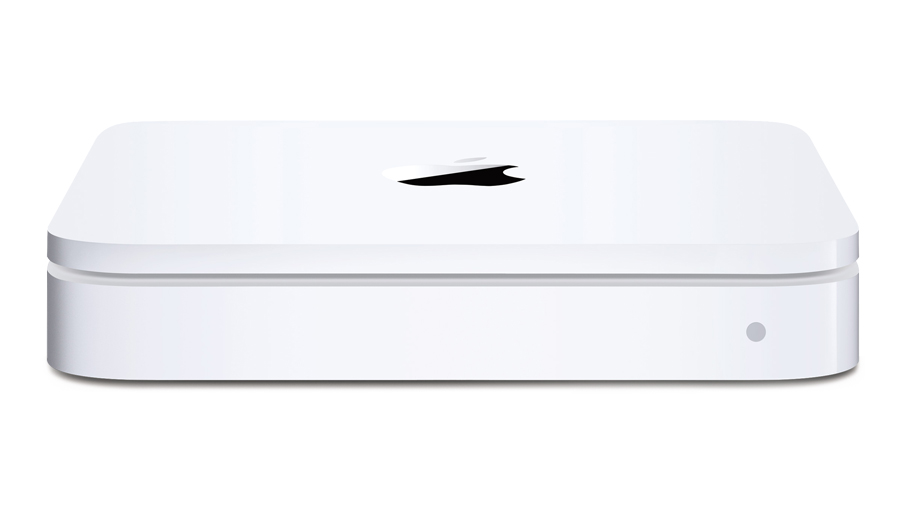Faster Wi-Fi: what's the secret?
Speed up your wireless network
Extending Wi-Fi
Increase the effective range of your wireless network with these solutions

There are several ways in which you can extend a wireless network. The simplest - and potentially most effective - is to move your router. If it's positioned in the corner of a room at one end of the house, near the floor, move it higher and towards the middle of the house. If this isn't possible because your router is also your DSL or cable modem and needs to be close to a telephone or cable point, consider buying a separate router, and, ideally, connecting it to the modem/router by Ethernet.
Equally, if your modem/router is more than a couple of years old, the chances are that it uses an older Wi-Fi standard than many of your devices. If you have an 802.11b or g router and have Macs and iOS devices that support 802.11g (or even 802.11ac), then upgrading your router, while not extending the range of your network significantly, will give you higher data throughput at the outer limits of the Wi-Fi signal.
If you choose this route, you'll need to set your new router to 'bridge mode'. This effectively switches off its DHCP server and stops it handing out IP addresses, turning it into purely a wireless access point. That prevents it from conflicting with the router in your modem/router.
Antennae upgrade
Another option for extending your network is to upgrade the antennae. If your router has external antennae, you can replace them with high-gain antennae such as those made by Hawking, Edimax and D-Link. Alternatively, you can even create your own parabolic reflector that attaches to the antennae and bounces the signal towards where your devices are located. The final option is a wireless repeater or extender that sits at the outer edge of your Wi-Fi network and re-broadcasts the signal, allowing it to travel further.
There are a couple of problems, however. Firstly, Wi-Fi signals are omni-directional, meaning that the re-broadcast signal from the repeater will not only extend your network, but will also be transmitted back towards your router, potentially interfering with the signal and degrading it. This is a particular problem on the 2.4GHz channel. Also, to be effective, a repeater should be situated close to the router, which somewhat defeats the object.
Finally, a wireless distribution system (WDS) - used by routers to link to each other wirelessly - doubles the number of 'hops' required to send and receive data and, because the repeater must use half of its data capacity to connect to the router and the other half to connect to devices, its throughput is significantly reduced. If you can't move your modem/router, the best option is a new router set to bridge mode, and connected by Ethernet.
Get daily insight, inspiration and deals in your inbox
Sign up for breaking news, reviews, opinion, top tech deals, and more.
Powerline networking
Why run extra cabling when you can use what's already in your walls?
Powerline networking uses the mains power cables in your house or office to carry data. It's a very effective way of installing a wired network without having to install Cat 5 cable, with all the disruption and expense that entails.
At its simplest, a powerline network consists of one adapter plugged into a power socket with an Ethernet cable running from it to a LAN port on your modem/router. Another adapter is plugged in to a power socket close to your computer, printer or other device that needs a wired connection, and an Ethernet cable runs from it to your computer or device.
Equipment is usually bought initially in the form of a kit that includes two adapters and two cables, and is then supplemented with the purchase of additional adapters as and when they're needed. While data can be transmitted anywhere within your home or office, it's secure because it's physically prevented from straying next door, in the same way as you can't accidentally use your neighbour's electricity supply to run your kettle.